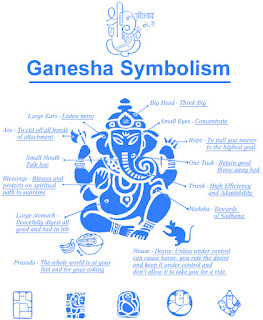Reading Notes: Ramayana, Part A

These reading notes are over Part A of Tiny Tales of Ramayana which is written by Laura Gibbs. Style Notes: The style of writing conveyed the essential parts of the epic without overwhelming readers with too many details. As the Ramayana is impressively long, this writing style makes the narrative accessible. However, in order to re-tell specific stories within the epic, it's important to go more in-depth and focus in on specific plot parallels. I want to avoid using the same style of the Ramayana when writing my own stories, but specific plot points can provide a strong enough bridge between both narratives. As a result, I'll probably also reference R.K. Narayan's The Ramayana to capture the whole plot before I begin writing my own story. Since the Tiny Tales summarize a majority of the stories, most dialogue is left out. When re-telling the various stories, this provides the creative liberty to imagine the conversations and use a more modern, fluid style when writing












